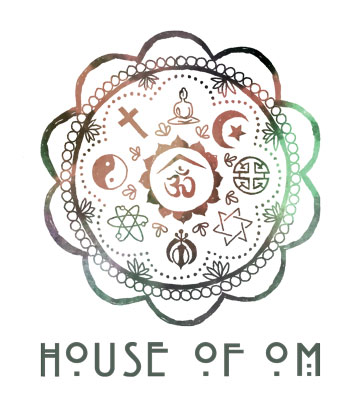-
Module 0. Before You...
- How Does It All Work
- Course Structure
- Student Data
- Groups
- Zoom Calls
- Networking and Social Life...
- Homework Submissions
- Homework Directory
- On Demand Private Classes...
- Self Contract
- Home Practice Log
- Journaling
- Reading Recommendations...
- Accessing on Mobile
- Course Manual
- Bonus Classes
0/16 -
Module 1. Yoga Found...
- Opening ceremony
- Beginner Pranayama Belly Ri...
- History of Yoga pt1
- Quiz History of Yoga pt1...
- Applied Yoga Anatomy Feet a...
- Yoga Nidra GroundingEarth...
- Teaching Methodology The 4 ...
- Quiz Anatomy and Teaching M...
- Afternoon Asana Sun Salutat...
- Guided Meditation Spinal Ac...
- Quiz Yoga Asana and Pranaya...
- Bonus Introduction to Mantr...
- Bonus Chanting Gayatri Mant...
- Bonus Story of Asana Virabh...
- Bonus Sanskrit Lesson 1...
- Module 1 Course Material...
- Yoga Poses Glossary
0/17 -
Module 2. Sun Saluta...
- Pranayama Benefits and Cont...
- Beginner Pranayama Nadi Sho...
- Morning Asana Downward Dog ...
- History of Yoga pt2
- Quiz History of Yoga pt2...
- Applied Yoga Anatomy Lower ...
- Yoga Nidra Cleansing Negati...
- Teaching Methodology Setup ...
- Quiz Anatomy and Teaching M...
- Workshop Sun Salutations...
- Homework Sun Salutations...
- Quiz Yoga Asana and Pranaya...
- Guided Meditation Blockage ...
- Bonus Story of Asana Ardha ...
- Bonus Sanskrit Lesson 2...
- Module 2 Course Material...
0/16 -
Module 3. Standing P...
- Beginner Pranayama
- Morning Asana Dancing Warri...
- Applied Yoga Anatomy Pelvis...
- Yoga Nidra Detoxification...
- Teaching Methodology Additi...
- Homework Basic Standing Pos...
- Quiz Anatomy and Teaching M...
- Workshop Dancing Warrior...
- Guided Meditation Drishti T...
- Quiz Yoga Asana and Pranaya...
- Bonus Story of Asana Tadasa...
- Bonus Sanskrit Lesson 3...
- Module 3 Course material...
0/13 -
Module 4. Finding Ba...
- Beginner Pranayama Review...
- Morning Asana Standing Bala...
- Yoga Philosophy Yoga Sutras...
- Quiz Yoga Philosophy pt4...
- Applied Yoga Anatomy The Sp...
- Yoga Nidra Heart Expansion...
- Teaching Methodology Additi...
- Homework Balancing Poses...
- Quiz Anatomy and Teaching M...
- Afternoon Asana Chest Back ...
- Guided Meditation Drishti H...
- Quiz Yoga Asana and Pranaya...
- Bonus Story of Asana Purvot...
- Bonus Sanskrit Lesson 4...
- Module 4 Course Material...
0/15 -
Module 5. The Art of...
- Beginner Pranayama Ujjayi...
- Morning Asana Seated Poses...
- Yoga Philosophy Yoga Sutras...
- Quiz Yoga Philosophy pt5...
- Applied Yoga Anatomy Should...
- Yoga Nidra Mental Clarity...
- Teaching Methodology Intent...
- Quiz Anatomy and Teaching M...
- Teaching Practice Seated Po...
- Workshop Seated Poses...
- Guided Meditation Heart and...
- Bonus Chanting Sahana Vavat...
- Bonus Story of Asana Paschi...
- Bonus SanskritLesson 5...
- Module 5 Course Material...
0/15 -
Module 6. Harnessing...
- Beginner Pranayama Kapalabh...
- Morning Asana Hip Openers...
- Philosophy Yoga Sutras pt3...
- Quiz Yoga Philosophy pt6...
- Applied Yoga Anatomy Breath...
- Yoga Nidra Tension Release...
- Teaching Methodology Breath...
- Quiz Yoga Anatomy and Teach...
- Afternoon Asana Practice Ge...
- Guided Meditation Gratitude...
- Bonus Story of Asana Natara...
- Bonus Sanskrit Lesson 6...
- Module 6 Course Material...
0/13 -
Module 7. Self-refle...0/1
-
Module 8. Shavasana ...
- Intermediate Pranayama Bhas...
- Morning Asana Vinyasa Flow ...
- Yoga Philosophy Pancha Kosh...
- Quiz Yoga Philosophy pt8...
- Applied Yoga Anatomy The Up...
- Teaching Methodology Shavas...
- Quiz Anatomy and Teaching M...
- Homework Shavasana
- Afternoon Asana Hatha Yoga...
- Quiz Yoga Asana and Pranaya...
- Bonus Sanskrit Lesson 7...
- Bonus Story of Asana Savasa...
- Module 8 Course Material...
0/13 -
Module 9. Energy is ...
- Intermediate Pranayama Cool...
- Morning Lecture Ashtanga Vi...
- Yoga Philosophy Nadis and V...
- Quiz Yoga Philosophy pt9...
- Energy Anatomy The Chakras...
- Teaching Methodology Adjust...
- Quiz Anatomy and Teaching M...
- Afternoon Asana Ashtanga Vi...
- Bonus Story of Asana Triang...
- Bonus Sanskrit Lesson 8...
- Module 9 Course Material...
- Guided Meditation for Align...
0/12 -
Module 10. Philosoph...
- Intermediate Pranayama Ener...
- Ethics for Yoga Teachers Ya...
- Quiz Yoga Philosophy pt10...
- Workshop Ashtanga Surya Nam...
- Teaching Methodology Adjust...
- Homework Adjustments
- WorkshopStanding Poses...
- Quiz Yoga Asana and Pranaya...
- Bonus Chanting Asato Ma Sad...
- Bonus Story of Asana Should...
- Bonus Sanskrit Lesson 9...
- Module 1011 Course Material...
0/12 -
Module 11. Ashtanga ...
- Intermediate Pranayama Anul...
- Ashtanga Primary Series Seq...
- Morning Asana Ashtanga Viny...
- Ethics for Yoga Teachers Ni...
- Quiz Yoga Philosophy pt11...
- Homework Write a Plan for 1...
- Afternoon Asana Ashtanga Vi...
- Bonus Story of Asana Sun Sa...
- Bonus Sanskrit Lesson 10...
- Module 1011 Course Material...
0/10 -
Module 12. Art of Si...
- Intermediate Pranayama Sury...
- Morning Asana Ashtanga Viny...
- Yoga Philosophy 5 Pillars G...
- Quiz Yoga Philosophy pt12...
- Afternoon Asana Twists...
- BonusStory of Asana The Eag...
- BonusSanskrit Lesson 11...
- Module 12 Course Material...
0/8 -
Module 13. Linking V...
- Intermediate Pranayama Revi...
- Morning Asana Ashtanga Viny...
- Teaching Methodology Linkin...
- Quiz Teaching Methodology p...
- Homework Write a Plan Apply...
- Afternoon Asana Vinyasa Flo...
- Homework Teach 30 minutes o...
- Bonus Story of Asana Cobra ...
- Bonus Sanskrit Lesson 12...
- Module 13 Course Material...
0/10 -
Module 14. Self-refl...0/1
-
Module 15. Class Des...
- Intermediate Pranayama Prac...
- Morning Asana Ashtanga Viny...
- Teaching Methodology Sequen...
- Homework Apply Sequence Des...
- Afternoon Asana Arms Streng...
- Quiz Teaching Methodology p...
- Bonus Chanting Guru Stotram...
- Bonus Story of Asana The Lo...
- Bonus Sanskrit Lesson 13...
- Module 15 Course Material...
0/10 -
Module 16. Class Des...
- Intermediate Pranayama Band...
- Morning Asana Twisted Seque...
- Teaching Methodology Sequen...
- Homework Apply Sequence Des...
- Workshop Inversions
- Quiz Teaching Methodology p...
- Bonus Story of Asana The Si...
- Bonus Sanskrit Lesson 14...
- Module 16 Course Material...
0/9 -
Module 17. Class Des...
- Advanced Pranayama Agnisara...
- Morning Asana Backbending...
- Teaching Methodology Sequen...
- Homework Apply Sequence Des...
- Afternoon Asana Twisted Seq...
- Quiz Pranayama and Teaching...
- Yoga and Social Media...
- Story of Asana Monkey Pose...
- Bonus Sanskrit Lesson 15...
- Module 17 Course Material...
0/10 -
Module 18. Pranayama...
- Advanced Pranayama Agnisara...
- Morning Asana Ashtanga Viny...
- Homework 1A Write a Pranaya...
- Teaching Practice 1B Write ...
- Business Of Yoga
- Homework 2A Teach a Pranaya...
- Homework 2B Teach a Yoga Ni...
- Bonus Story of Asana Half M...
- Bonus Sanskrit Lesson 16...
- Module 18 Course Material...
0/10 -
Module 19. Applied A...
- Advanced Pranayama
- Morning Asana Vinyasa Flow ...
- Introduction to Ayurveda...
- Quiz Introduction to Ayurve...
- Homework Write a Class Base...
- Final Practice Exam Submit ...
- Bonus Story of Asana Sage M...
- Bonus Sanskrit Lesson 17...
- Module 19 Course Material...
0/9 -
Module 20. Congratul...
- Final Written Exam pt1...
- Final Written Exam pt2...
- Final Written Exam pt3...
- Final Written Exam pt4...
- Final Exam Assignment Essay...
- Completion Confirmation...
- How to Register with Yoga A...
0/7 -
Complete Feedback Fo...0/2
-
Bonus Material0/1
-
New Section0/0
Bonus. Story of Asana. Virabhadrasana
Mythology of Virabhadrasana
The story of Virabhadra has been written in the epic poem “Kumarasabhava” or “The birth of Kumara” (son of Shiva and Sati), by the poet “Kalidasa”.
The legend begins with a tragic love story with the marriage of Shiva, the God of destruction, and Sati, the divine force. Sati was the daughter of the powerful King Daksha, who ruled by laws and regulations and was a great defender of traditional society.
Shiva was the opposite, he was out of the norm, he wore jatars (dreadlocks), he used to meditate in the cemetery with the ashes of the dead and he never attended social events and preferred to isolate himself in the mountains to meditate.
King Daksha did not approve of Shiva since he was against what he believed in but still, Shiva and Sati got married.
One day, the king organized a huge ceremony, called “Yagna”, to which he invited everyone (gods, mythological creatures, etc) except his daughter and his son-in-law because he was furious with them.
Sati was very angry that her father had not invited them to the party but she still decided to show up there and confront him. Shiva preferred not to attend and remained meditating. King Daksha did not want to receive her daughter or talk to her and when he finally agreed to her it was to ridicule her and her husband in front of his guests.
Enraged, Sati sat in the middle of the room and began to meditate, entered a trance, and through yogic exercises, she began to increase her internal fire (Agni) to the point that she caught fire and died.
The news of Sati’s death quickly reached Shiva’s ears and he unleashed his fury by ripping off his clothes and jatars. He took one of these dreadlocks and smashed it hard into the ground, creating Virabhadra, his “warrior friend.”
Shiva asked the warrior Virabhadra to go to the Yagna to avenge the death of his beloved Sati.
Virabhadra arrived at the Yagna, attacked the king, cutting off his head and then killing everyone present as well. Once Virabhadra’s mission was accomplished, Shiva appeared at the party and absorbed the warrior into himself. He wanted to enjoy revenge on him, but he did the opposite. Seeing all the destruction and pain that he had caused he felt a lot of pain and sadness and his anger turned to compassion.
He searched for the decapitated body of his father-in-law, the king, and wanted to bring her back to life. He placed on it the head of the first living thing he encountered, a goat. The king recognized the goodness and purity of Shiva’s heart and bowed before him, dissolving the sorrow and remorse he felt.
Shiva then collected the remains of his wife and retired to Mount Kailash (holy mountain) to live a life of solitude and meditation. Later he also revived Sati by incarnating her as his second wife Parvati.
The Meaning
According to Hindu mythology, Shiva represents the pure being, Sati the heart, and Daksha the ego. When Virabhadra cuts off the king’s head he is fighting against his own ego.
This asana represents the spiritual warrior, the fight against our ego and ignorance, the source of our suffering.
By practicing this asana, we can inject ourselves with the energy of Virabhadra: firm presence, determination, strength, internal balance, and security.
Virabhadrasana awakens our strength and will, he is the warrior who fights against the internal enemy that limits us.
Never give up, stand tall and brave. Virabhadrasana, the warrior pose, evokes the strongest image of a fearless soldier, holding their spear at ready, body steadfast on the ground. When entering this pose, remember it and stay firm in your resolve.


Responses
Comments are closed.


Thank you for this bonus lesson, though short it made a difference. Knowing the idea behind a pose helps to appreciate it, understand it, and perform it better.
I loved this explanation. Thank you so much. Now every time I do warrior pose I feel even stronger.
I like it and I have had such this sense with this asana especially in my treatment period. Namaste
Love the explanation and to chant this. thank you!
It’s wonderful to add meaning to the pose…it truly adds deeper intention. Thank you!
Beautiful Gayatri mantra, made me so relaxed.
Thank you for the amazing bonus lessons!